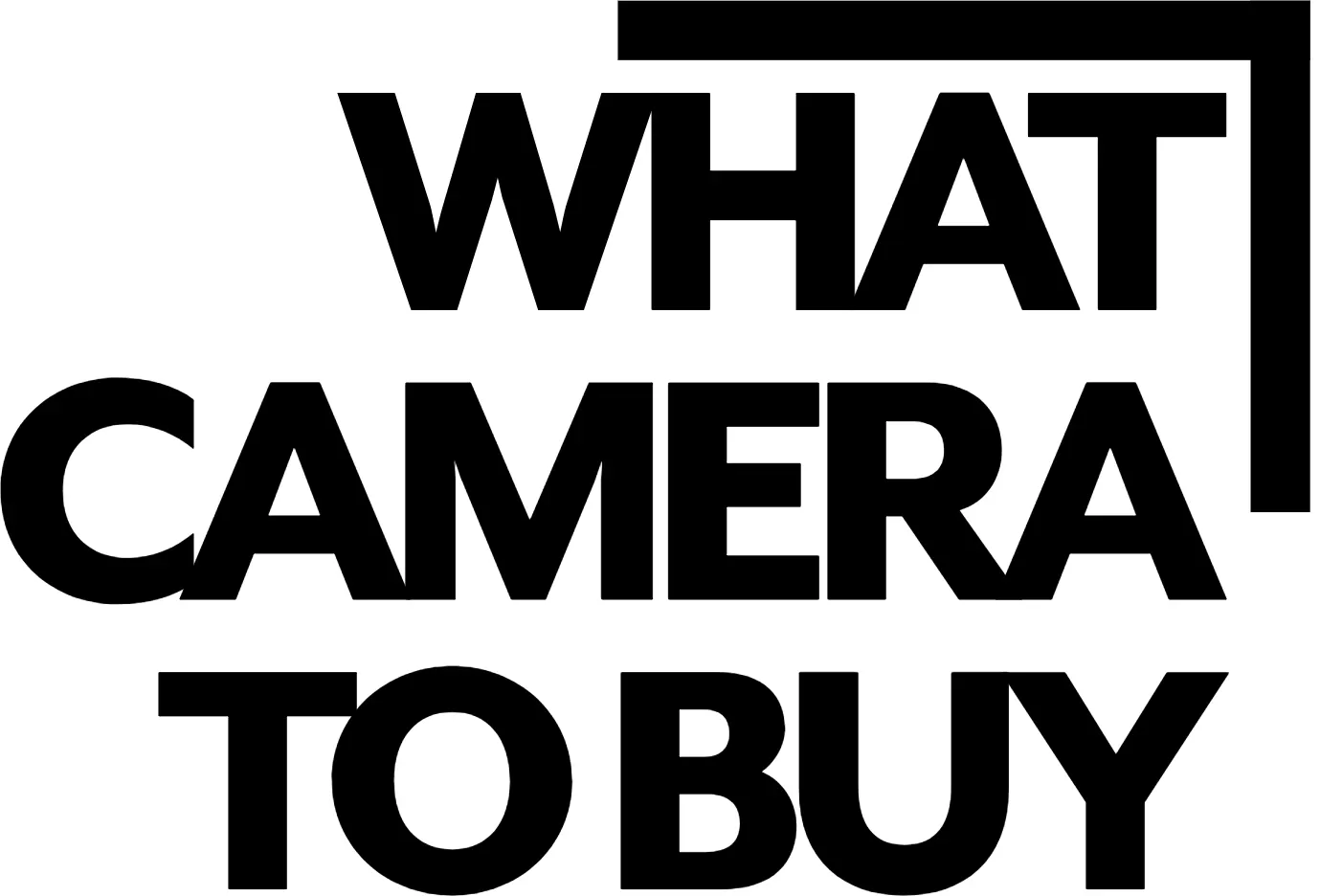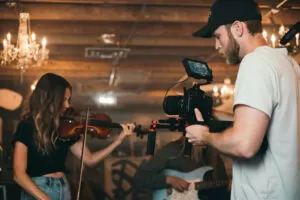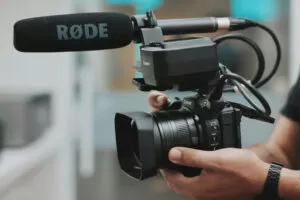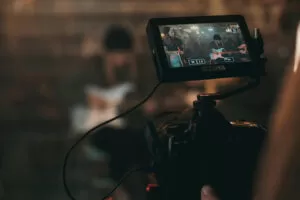
What Camera to Buy for Video Shooters?
The world of video is a dynamic and creative space, and modern cameras are more capable than ever of capturing stunning moving images. Whether you’re a budding vlogger, an aspiring filmmaker, or a hybrid shooter who needs to do both photo and video, your camera choice will be based on a specific set of criteria. The needs of a video shooter are different from those of a still photographer, with an emphasis on resolution, frame rates, and professional features. This article will guide you through the key features to look for, helping you find a camera that empowers you to create amazing video content.
The Vision in Motion: Essential Camera Features
The best camera for video is one that offers a balance of image quality, professional features, and ease of use.
- Video Resolution and Frame Rates: High-quality video starts with a high resolution. While 1080p Full HD is still standard, shooting in 4K or even higher resolutions gives you more options in post-production. Look for a camera that can shoot in these higher resolutions with high frame rates (e.g., 60p or 120p) for smooth motion and the ability to create slow-motion effects.
- Autofocus for Video: The autofocus system is a critical feature for video. You need a camera with a fast, reliable, and continuous autofocus system that can smoothly track a subject as they move. Advanced features like face and eye detection for video are a huge advantage, as they allow you to focus on your composition and story instead of worrying about a subject going out of focus.
- Audio Inputs: High-quality video needs high-quality audio. A camera with a microphone input is essential for connecting an external microphone, which will provide significantly better sound than the camera’s built-in mic. Some cameras also have a headphone jack, which allows you to monitor your audio levels and ensure your sound is clean and free of distortion.
- Articulating Screen: A fully articulating or flip-out screen is a game-changer for video shooters. It allows you to see yourself when you’re in front of the camera (vlogging), or to shoot from unique angles without having to strain to see the screen.
- In-Body Image Stabilization (IBIS): IBIS is a powerful feature that helps to reduce camera shake, allowing you to shoot smooth, stable video clips handheld or while moving. This is a huge benefit for “run-and-gun” style shooting and a must-have for content creators.
- Logarithmic Profiles and Video Codecs: For serious video editors, a camera that can shoot in a “flat” or “log” profile is a major plus. These profiles retain more dynamic range in the video file, giving you much more control over the color and look of your footage in post-production. The type of video codec the camera uses is also a factor, with newer, more efficient codecs being a huge convenience for workflow.
The Importance of Lenses and Accessories
While a camera body is the foundation of your video kit, the lenses and accessories you choose are what truly make your videos stand out. For video, you might need a wide-angle lens for vlogging or a versatile zoom lens for general shooting. A fast prime lens is great for cinematic, shallow-depth-of-field shots.
Consider a camera system that has a good range of video-friendly lenses and is compatible with a wide array of accessories, such as external microphones, lights, and gimbals.
Summary: Your Vision in Motion
Choosing a camera for video shooting is a different beast than choosing one for stills. Your priorities should be on resolution, frame rates, and a reliable autofocus system. A camera with a microphone input, an articulating screen, and in-body image stabilization will make a huge difference in your video production. The key is to find a camera that you are comfortable using and that allows you to bring your creative vision to life.




